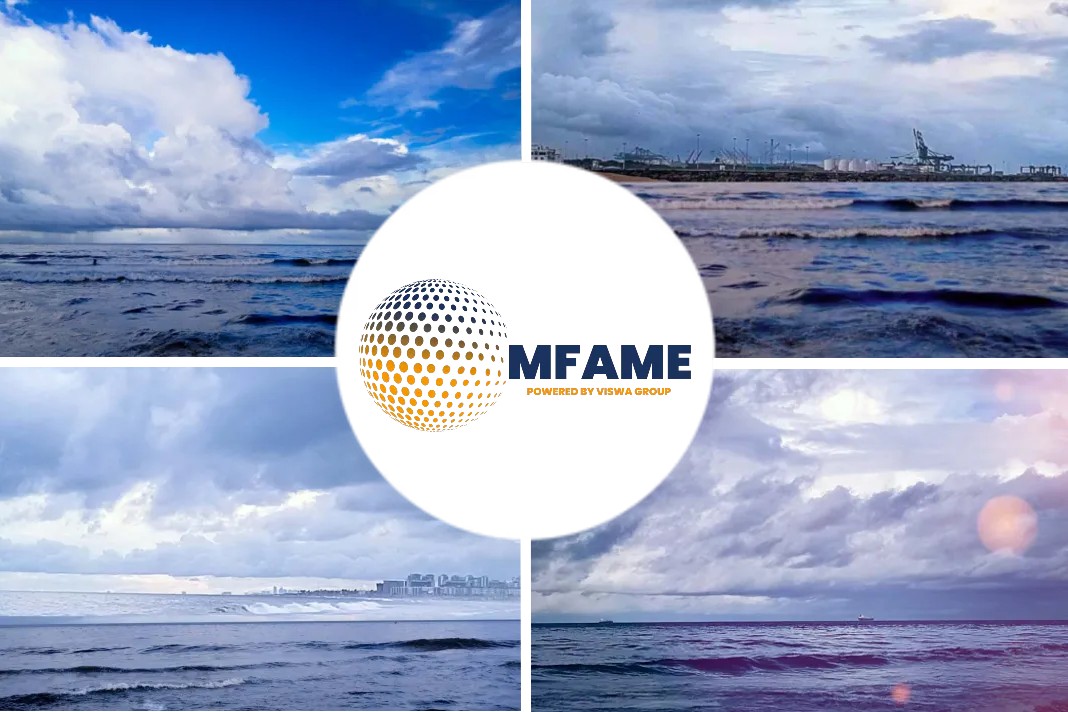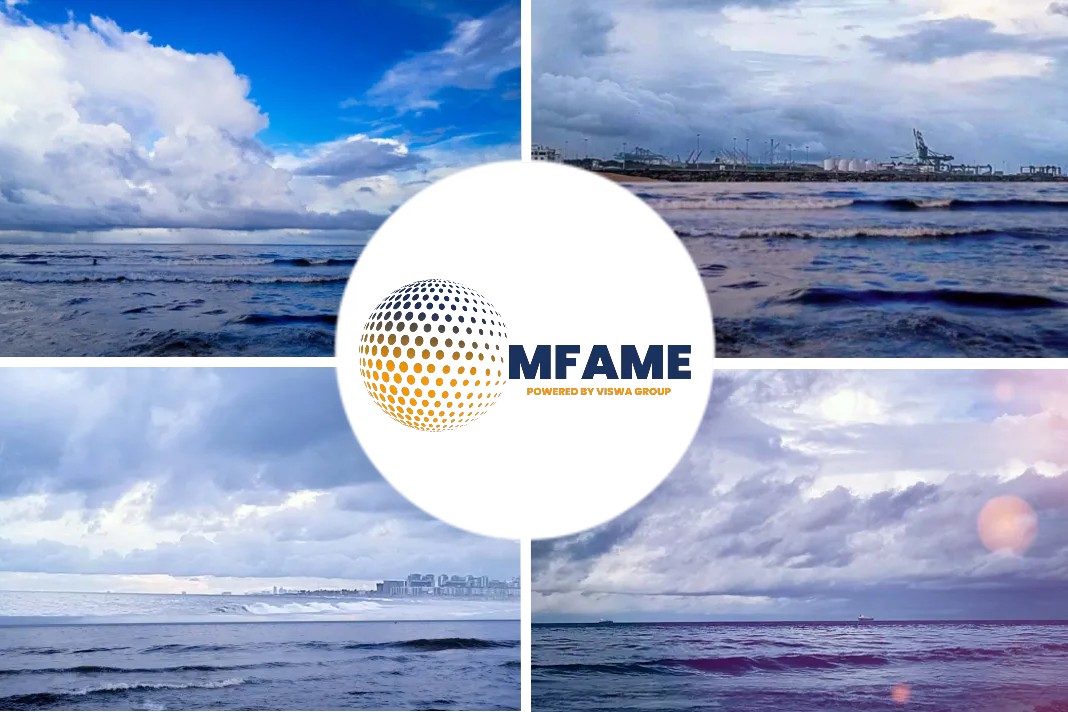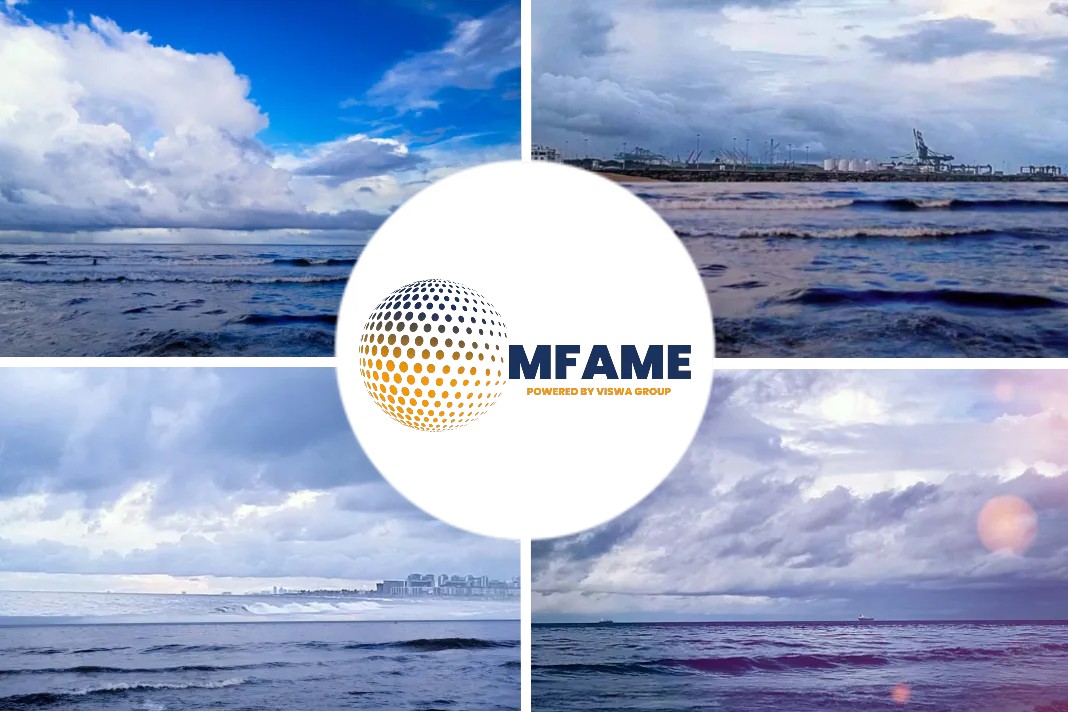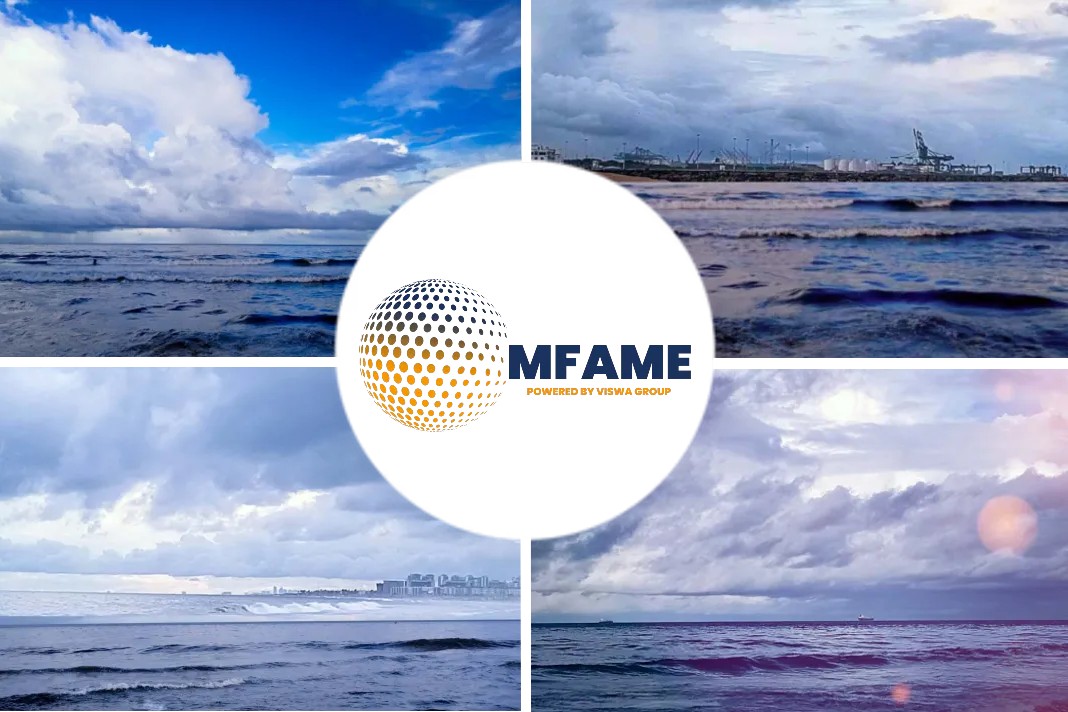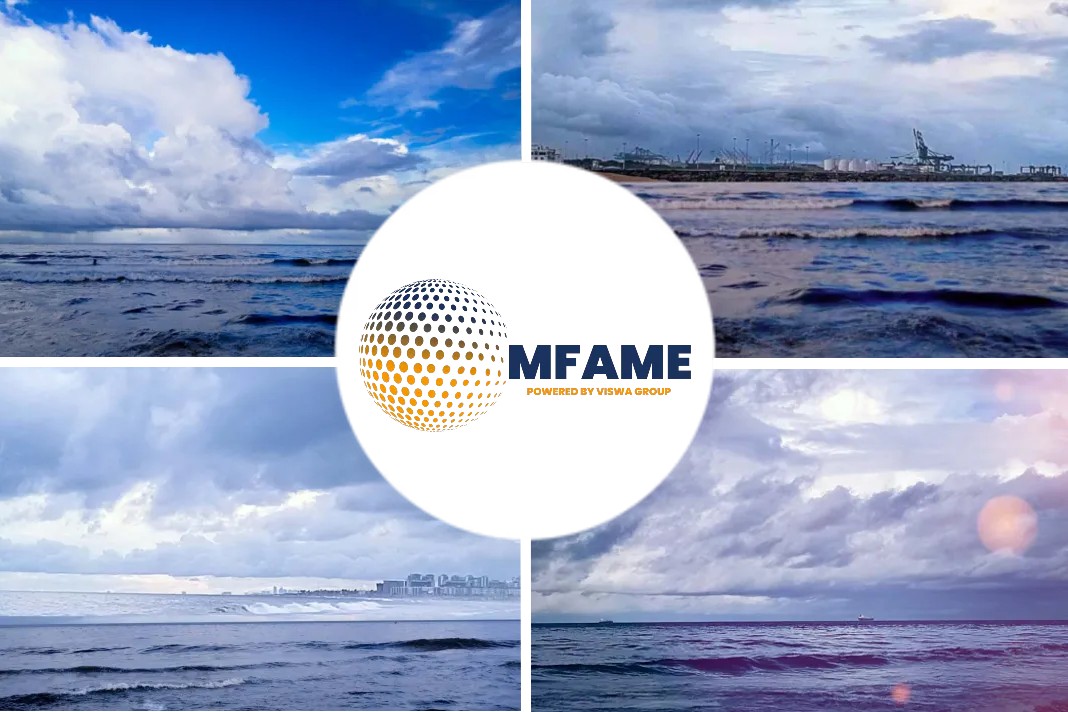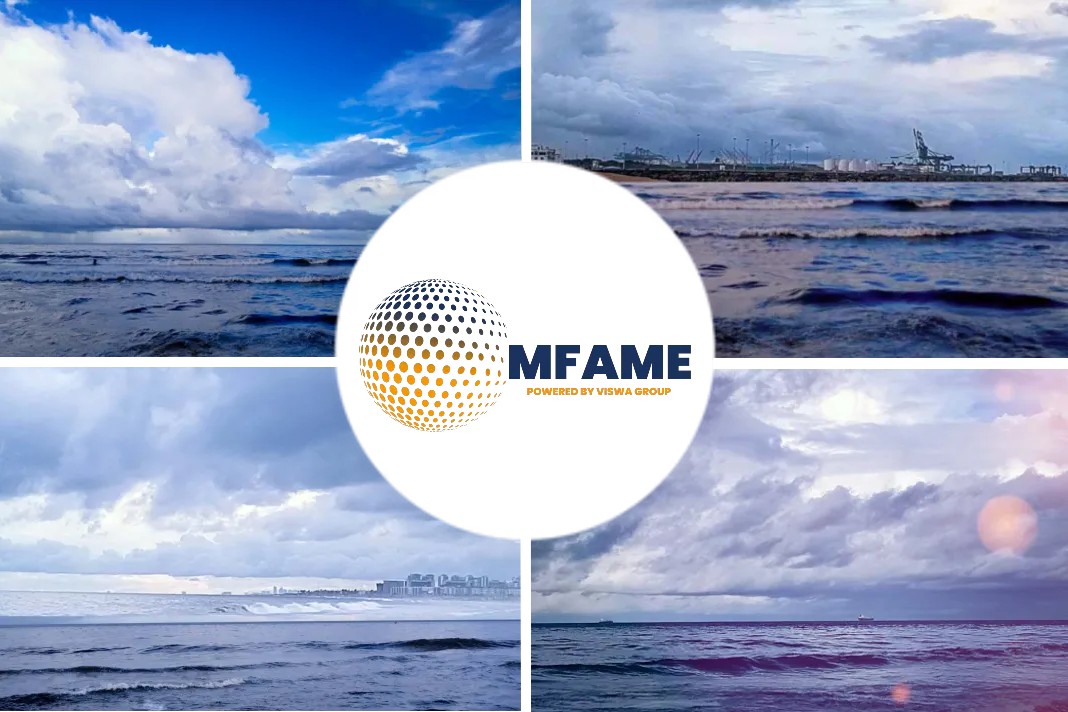- The macro-economic factors and the tragic events in Brazil along with uncertain US-China trade relations heightened uncertainty and created trading opportunities.
- The total impact on the FFA market was to increase combined FFA volumes by 44% in the year to date 2019.
- Brazil’s exports curtailed with export demand switching decisively to Australia.
- China set to import 60% of Australian production and 70% of global seaborne trade volumes of 1.5bn tonnes in 2019.
- Iron ore price prediction for 2019 range from $100/mt to $77/mt and $69 and physical iron ore 2019 YTD spot rates are $81.86, up 7%.
- In 2019 the Marine Fuel Oil market will reflect the rising cost of compliance with IMO 2020.
- The first 0.5% Marine Fuel futures trade, brokered by FIS in January was at a $200 differential to HSFO and since then the market has narrowed to $190-195 level.
The Freight and commodity futures complex has shown strong volume growth so far in 2019 as a combination of macro-economic factors and the tragic events in Brazil have heightened uncertainty and created trading opportunities, says an article published in FIS.
What are the factors?
The collapse of the tailings dam at Vale’s Feijao iron ore mine has curtailed production from the world’s biggest exporter and the supply constraints have shifted the export focus to Australia.
The impact of reduced Brazilian exports had an immediate impact on the Capesize market which is dependent on the long voyages from Brazil to China.
At the same time, changes in the Chinese economy that will see the emphasis shift to consumption rather than production, coupled with uncertainty over US-China trade relations are maintaining volatility as the year progresses.
Freight
The first two months of 2019 saw a dramatic fall in dry bulk freight rate. While the impact on earnings was negative, the resulting volatility acted as a huge spur to FFA volumes, attracting new players to the market.
The total impact on the FFA market was to increase combined FFA volumes by 44% in the year to date 2019 compared to the same period of 2018, though options volume fell by 5%.
- The Capesize spot market recorded a YTD low of $4,236 and a high of $16,106
- The Panamax spot market saw a YTD low of $4,435 and a high of $11,144.
- Supramax spot rates recorded a YTD low of $4,837 and a high of $11,141.
Iron Ore
The tragedy in Brazil saw iron ore break out of its recent price range, as Brazil’s exports were effectively curtailed with export demand switching decisively to Australia.
As a result, China is set to import 60% of Australian production and 70% of global seaborne trade volumes of 1.5bn tonnes in 2019.
Iron ore price predictions for 2019 range from $100/mt (Bank of America) to $77/mt (JPM) and $69 (HSBC/Barclays). Physical iron ore 2019 YTD spot rates are $81.86, up 7%.
Fuel Oil
In 2019 the Marine Fuel Oil market will reflect the rising cost of compliance with IMO 2020, which will see permitted sulfur levels cut to 0.5% globally.
The inherent volatility in the market, coupled with the uncertainty around IMO 2020 is attracting players from the FFA market as fuel represents 70% of the freight rate on a C5 Capesize voyage.
The first 0.5% Marine Fuel futures trade, brokered by FIS in January was concluded at a $200 differential to HSFO and since then the market has narrowed to around the $190-195 level.
Did you subscribe for our daily newsletter?
It’s Free! Click here to Subscribe!
Source: FIS






